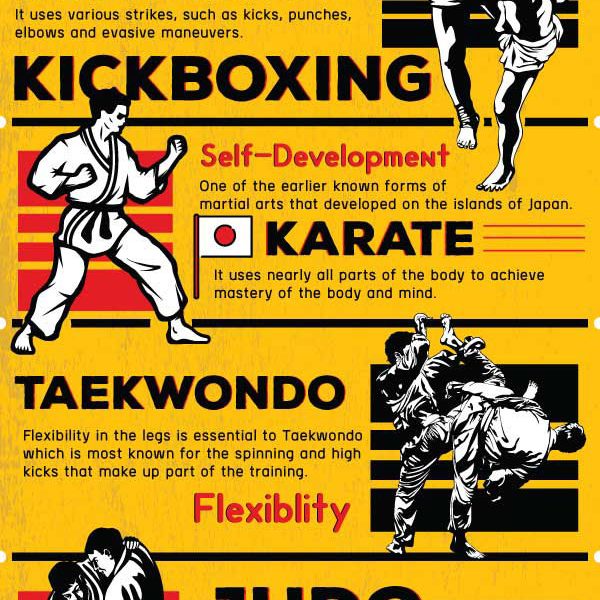Standard Martial Arts And Modern Battle Sports: A Detailed Introduction Of Their Unique Differences
Standard Martial Arts And Modern Battle Sports: A Detailed Introduction Of Their Unique Differences
Blog Article
Material Writer-Bright Sexton
When you consider martial arts, do you lean much more towards the typical methods or the contemporary battle sporting activities? Each course provides distinct benefits and experiences, formed by their approaches and training methods. Traditional martial arts stress personal growth and self-control, while contemporary combat sports concentrate on competition and efficiency. Recognizing these differences can direct you in choosing the ideal method for your trip. Yet just how do these distinctions materialize in training and viewpoint?
The Ideology and Background Behind Traditional Martial arts
While many people link martial arts with physical battle, the philosophy and history behind conventional martial arts run much deeper. You'll discover that these self-controls stress personal development, self-control, and regard.
Stemming from ancient techniques, traditional martial arts were usually developed for Self-Defense and spiritual development. They symbolize principles such as balance, consistency, and self-constraint, leading experts beyond simple fighting abilities.
As you train, you'll not just find out methods but also obtain understandings into the culture and values that shaped these arts. The routines and customs, usually given via generations, foster a feeling of area and belonging.
The Affordable Nature of Modern Battle Sports
Modern battle sporting activities have actually changed the landscape of martial arts right into a very competitive sector, where athletes challenge in a test of ability, strategy, and endurance.
You'll see that competitors are frequently organized with stringent regulations and regulations, ensuring justice and safety and security. These occasions draw in big target markets, sustaining the excitement and strength of matches.
Professional athletes educate rigorously, not just for physical expertise however additionally for mental strength, knowing that every information counts in the ring. The adrenaline rush during competitions is apparent, as fighters push their limitations to assert victory.
Fans value the athleticism and virtuosity involved, making modern-day combat sports a thrilling spectacle that continues to evolve and captivate lovers all over the world.
Training Approaches and Methods: A Comparative Analysis
The competitive atmosphere of modern-day battle sports needs cutting-edge training approaches that vary significantly from typical martial arts.
In modern training, you'll concentrate on certain techniques, competing, and conditioning, typically utilizing drills that simulate actual fight circumstances. You'll see an emphasis on quantifiable performance and constant competitors to assess your abilities.
In contrast, traditional martial arts focus on forms, katas, and thoughtful trainings, usually highlighting self-control and respect over competition.
Training is generally much less intense and may involve recurring method instead of real-time sparring.
While both approaches build ability and physical fitness, modern battle sports give a more dynamic and versatile training atmosphere, preparing you for prompt challenges in the ring or cage.
Select https://www.beloitdailynews.com/sports/pro-sports/claressa-shields-pfl-mixed-martial-arts/image_cee11c2a-d01b-5964-9fa1-257476aaa8ff.html that lines up with your objectives and passions.
Verdict
In choosing in between traditional martial arts and modern-day fight sports, it truly comes down to what you value a lot of. If you're searching for individual growth, technique, and a feeling of community, traditional arts could be your ideal fit. However if you flourish on competition and real-time challenges, contemporary battle sports could be the way to go. Ultimately, both courses use special benefits, so it's everything about straightening your training with your individual goals and interests.
